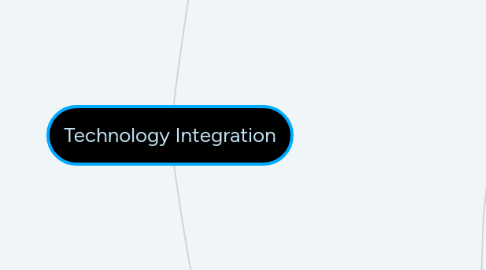
1. Direct Instruction
1.1. objectivism
1.1.1. Teaching should be directed, systemic and structured.
1.1.2. Students should also pass the same test.
1.1.3. Teacher directed learning.
1.2. Behaviorist Theory
1.2.1. Learning is shown by change in behavior
1.2.2. Behaviors shaped by contingencies of reinforcement.
1.3. Information Processing
1.3.1. Learning is encoding information in memory
1.3.2. sensory registers, short and long term
1.4. Cognitive Behavioral
1.4.1. Learning shaped by optimal conditions
1.4.2. Nine events of construction
1.4.2.1. Getting attention
1.4.2.2. Informing the learner of the objective
1.4.2.3. Stimulating recall
1.4.2.4. Presenting the stimulus
1.4.2.5. Providing learning guidance
1.4.2.6. Eliciting the performance
1.4.2.7. Provide feedback
1.4.2.8. Assessing the performance
1.4.2.9. Enhancing retention and transfer
1.5. Systems theory
1.5.1. learning is fostered by systems of instructions
1.5.2. goals, objectives that matches assessment and instruction , field tested and revised
1.6. Directed Technology integration strategies
1.6.1. clearly-defined skills and content
1.6.2. Unambiguous content
1.6.3. Specific performance expected
1.6.4. Individual tutoring/practice
1.6.5. When learning must be efficient
2. Inquiry Based
2.1. constructivism
2.1.1. Knowledge is constructed not transmitted.
2.1.2. Different assessment types.
2.1.3. Student centered learning.
2.2. Social activism theory
2.2.1. Curriculum arises from student interests
2.2.2. Education is growth, rather than goals
2.3. Learning should be hands‑on and experience based
2.4. Social cognitive theory
2.4.1. Learning results from behaviors, environment, and personal factors
2.4.2. Students learn by own actions or models
2.4.3. Self-efficacy needed
2.5. Scaffolding theory
2.5.1. Learning is cognitive development shaped by experience, culture
2.5.2. Adults help children bridge Zone of Proximal Development through scaffolding
2.6. Child development theory
2.6.1. Learning requires cognitive growth, maturation
2.6.2. Children go through stages of cognitive development
2.7. Discovery Learning
2.7.1. Learning is cognitive growth through interaction with the environment
2.7.2. Children remember better with discovery learning
2.8. Multiple Intelligence Theory
2.8.1. Nine Types of innate intelligence
2.9. Constructivist technology integration strategies
2.9.1. For inquiry-based learning and abstract, complex concepts
2.9.2. When hands-on visual activities social collaboration, modeling, building self-efficacy are needed
2.9.3. When time permits exploration, discovery
